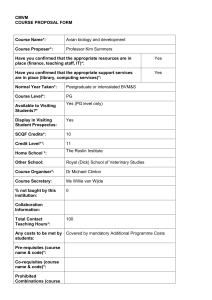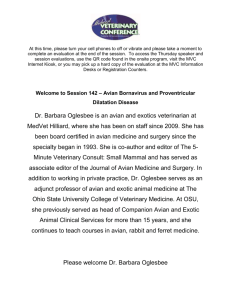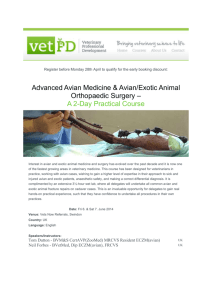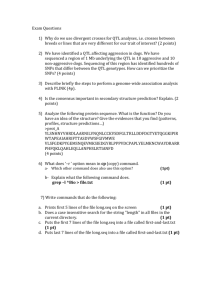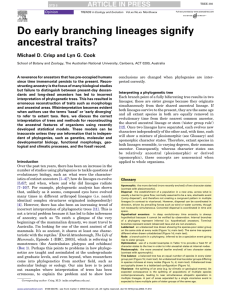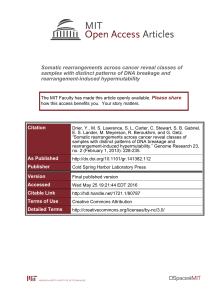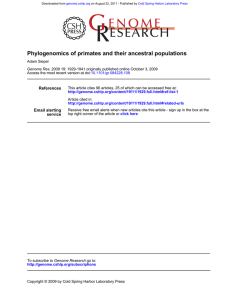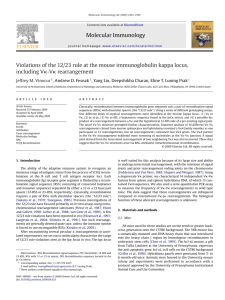In silico reconstruction of chromosomal rearrangements and an
advertisement
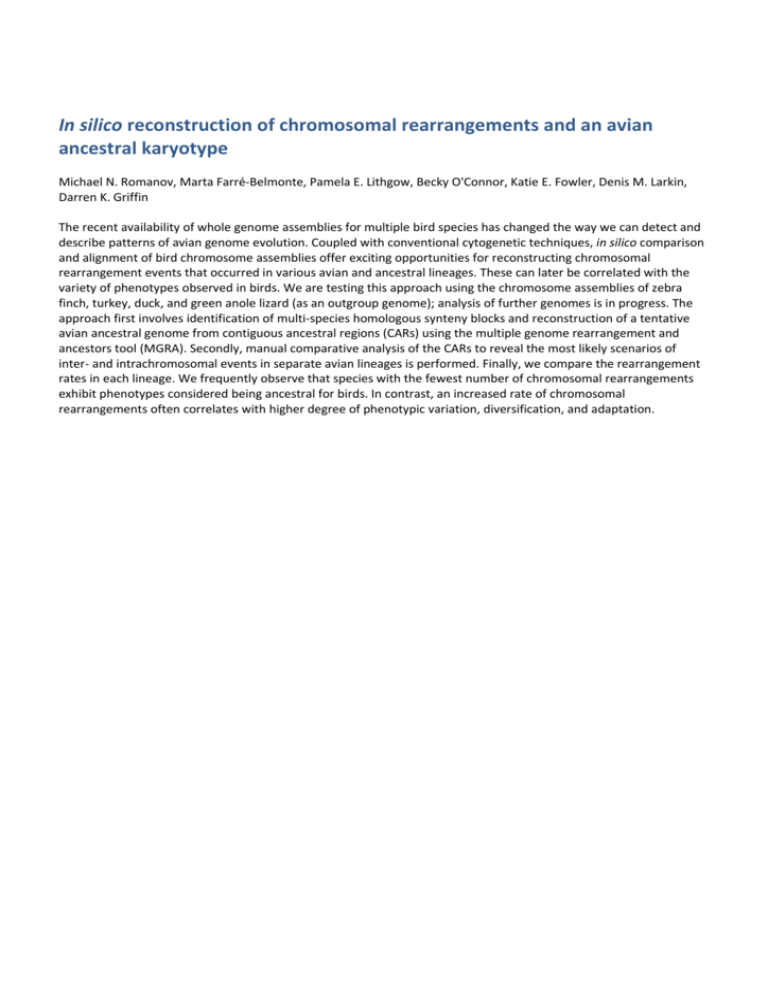
In silico reconstruction of chromosomal rearrangements and an avian ancestral karyotype Michael N. Romanov, Marta Farré-Belmonte, Pamela E. Lithgow, Becky O'Connor, Katie E. Fowler, Denis M. Larkin, Darren K. Griffin The recent availability of whole genome assemblies for multiple bird species has changed the way we can detect and describe patterns of avian genome evolution. Coupled with conventional cytogenetic techniques, in silico comparison and alignment of bird chromosome assemblies offer exciting opportunities for reconstructing chromosomal rearrangement events that occurred in various avian and ancestral lineages. These can later be correlated with the variety of phenotypes observed in birds. We are testing this approach using the chromosome assemblies of zebra finch, turkey, duck, and green anole lizard (as an outgroup genome); analysis of further genomes is in progress. The approach first involves identification of multi-species homologous synteny blocks and reconstruction of a tentative avian ancestral genome from contiguous ancestral regions (CARs) using the multiple genome rearrangement and ancestors tool (MGRA). Secondly, manual comparative analysis of the CARs to reveal the most likely scenarios of inter- and intrachromosomal events in separate avian lineages is performed. Finally, we compare the rearrangement rates in each lineage. We frequently observe that species with the fewest number of chromosomal rearrangements exhibit phenotypes considered being ancestral for birds. In contrast, an increased rate of chromosomal rearrangements often correlates with higher degree of phenotypic variation, diversification, and adaptation.
